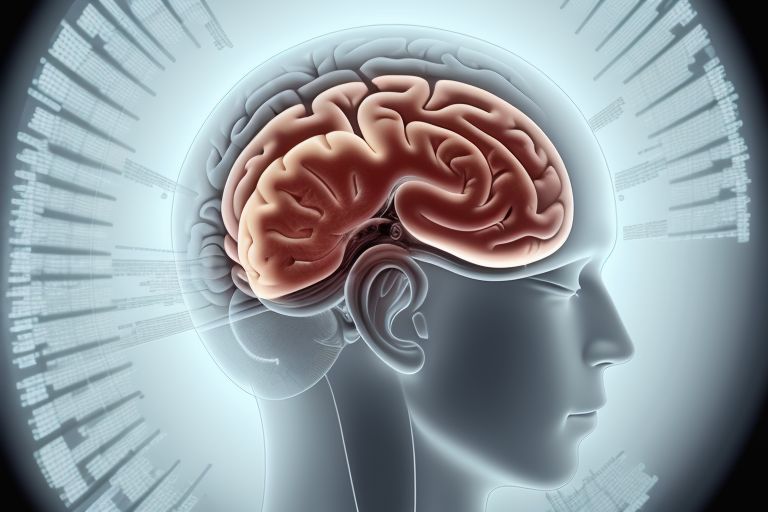Neuroscience and medical research are progressing because of artificial intelligence (AI) machine learning. One common neurodevelopmental disorder in children is attention deficit hyperactivity disorder, or ADHD. A recent study that was presented at the Radiological Society of North America annual meeting demonstrates how artificial intelligence can use adolescent MRI brain scan data to identify potential digital biomarkers for ADHD.
Children with ADHD may be easily distracted, forgetful, restless, hyperactive, and impulsive. They may also have difficulty maintaining focus. The U.S. Centers for Disease Control and Prevention, or CDC, estimates that between 2016 and 2019, 6 million American children received an ADHD diagnosis. The CDC states that the precise cause of ADHD as well as its risk factors are still unknown. Approximately half of the children with ADHD had a behavioural or conduct problem in a 2016 U.S. parent survey, according to the CDC. Six out of ten children with ADHD had at least one other mental, emotional, or behaviour disorder, such as anxiety, depression, autism spectrum disorder, and Tourette’s syndrome.
Along with co-authors, Justin Huynh, M.S., a medical student at the Carle Illinois College of Medicine at Urbana-Champaign and research specialist in the Department of Neuroradiology at the University of California, San Francisco, conducted this study.
Huynh stated in a statement, the diagnosis of ADHD is very challenging and is based on surveys with subjective self-reporting. There is undoubtedly a need for more objective diagnostic metrics. That is the void that they aim to fill.
The scientists employed diffusion-weighted imaging, a kind of magnetic resonance imaging that uses the diffusion of water molecules to produce contrast in the images, along with image data from the imaging data set. The random Brownian motion of water molecules within a tissue voxel is measured by diffusion-weighted imaging. A voxel is a pixel’s three-dimensional counterpart.
Utilizing information from the multi-institutional Adolescent Brain Cognitive Development Study database, the study examined over 1700 participants, both with and without ADHD. The water molecule movement along the fibres for each of the 30 major white matter paths in the brain was calculated by the scientists. Fractional anisotropy measurements were then extracted and used to train an AI deep-learning algorithm.
The researchers found that elevated FA values were found in nine out of the thirty white matter paths on over 333 patients assessed (193 with ADHD and 140 without). These nine white matter pathways are linked to symptoms of ADHD, according to Huynh, and this level of detail has never been observed before.
The scientists believe that the clinical applications hold great promise.
This approach offers a promising first step towards the identification of imaging biomarkers that can be utilized in a quantitative, objective diagnostic framework to diagnose ADHD by detecting microstructural deviations in patients’ DWI in an unsupervised manner.













